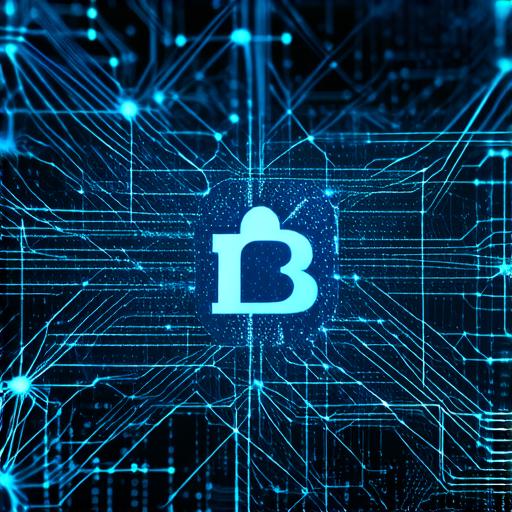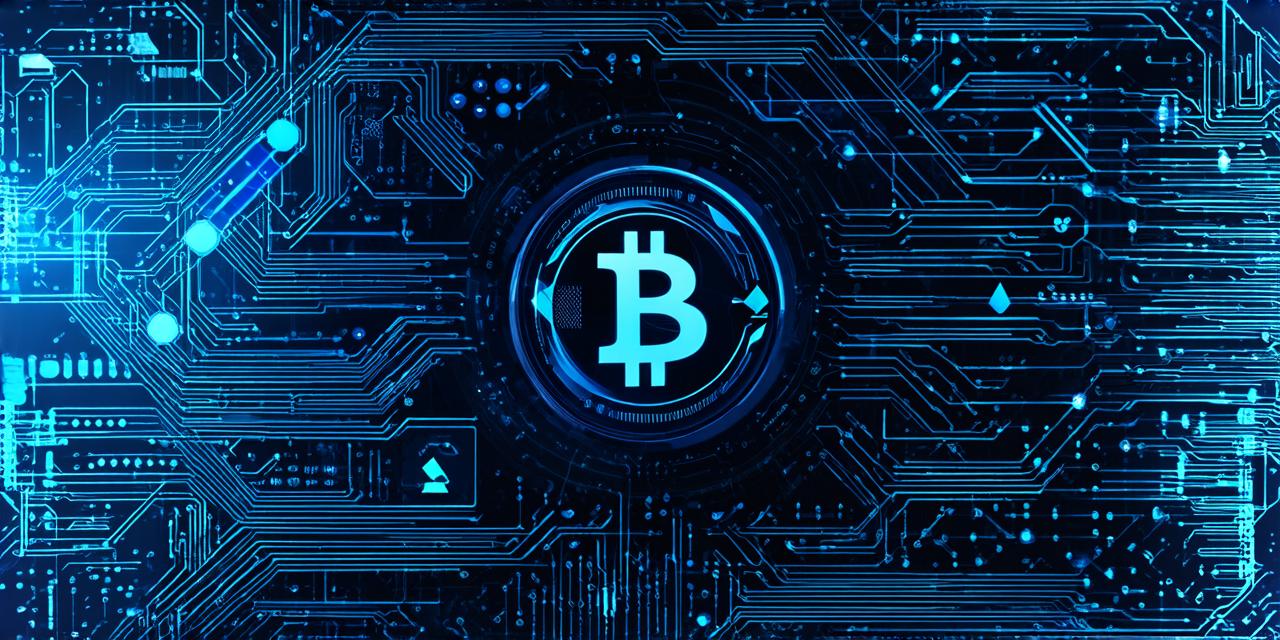Blockchain technology has been gaining popularity in recent years, especially in the world of virtual currencies. Many people are confused about what blockchain actually is and how it relates to virtual currency transactions. In this article, we will explore the purpose of blockchain with respect to virtual currency transactions.
What is Blockchain?
Blockchain is a decentralized digital ledger that records transactions across a network of computers. It was initially designed as the underlying technology for Bitcoin, but it has since been adopted by many other cryptocurrencies and industries. The key feature of blockchain is its distributed nature, which means that there is no central authority controlling the network or verifying transactions. Instead, transactions are verified by a network of nodes (computers) using complex algorithms.
The Purpose of Blockchain for Virtual Currency Transactions
The main purpose of blockchain in virtual currency transactions is to provide a secure and transparent way to transfer value between parties without the need for intermediaries such as banks or payment processors. By creating a decentralized network, blockchain eliminates the single point of failure that traditional systems rely on, making it much more resistant to fraud and hacking.
One of the key benefits of blockchain is its transparency. All transactions are recorded on a public ledger, which can be accessed by anyone on the network. This makes it easy to track the flow of funds and ensure that all parties involved in a transaction are acting in good faith.
Another important aspect of blockchain is its immutability. Once a transaction has been recorded on the ledger, it cannot be altered or deleted. This ensures that the integrity of the system is maintained and that no one can manipulate the data.
Real-Life Examples of Blockchain in Virtual Currency Transactions
There are many examples of blockchain being used for virtual currency transactions. One well-known example is Bitcoin, which was the first cryptocurrency to use blockchain technology. However, there are many other cryptocurrencies that use blockchain, such as Ethereum, Litecoin, and Monero.
Real-Life Examples of Blockchain in Other Industries
Blockchain is also being used in other industries beyond virtual currencies. For example, it is being used in supply chain management to improve transparency and reduce fraud. It is also being used in voting systems to ensure the integrity of the process.
FAQs about Blockchain in Virtual Currency Transactions
1. What is blockchain?
Blockchain is a decentralized digital ledger that records transactions across a network of computers.
2. How does blockchain relate to virtual currency transactions?
The main purpose of blockchain in virtual currency transactions is to provide a secure and transparent way to transfer value between parties without the need for intermediaries such as banks or payment processors.

3. What are some benefits of using blockchain for virtual currency transactions?
Some benefits of using blockchain for virtual currency transactions include security, transparency, and immutability.
4. Can blockchain be used in other industries beyond virtual currencies?
Yes, blockchain is being used in many other industries, including supply chain management and voting systems.
5. What are some real-life examples of blockchain being used for virtual currency transactions?
Some real-life examples of blockchain being used for virtual currency transactions include Bitcoin, Ethereum, Litecoin, and Monero.
In conclusion, blockchain technology has revolutionized the way we transfer value between parties. Its decentralized nature, transparency, and immutability make it an ideal solution for virtual currency transactions. As the adoption of blockchain continues to grow, we can expect to see more and more innovative uses of this powerful technology in the future.
